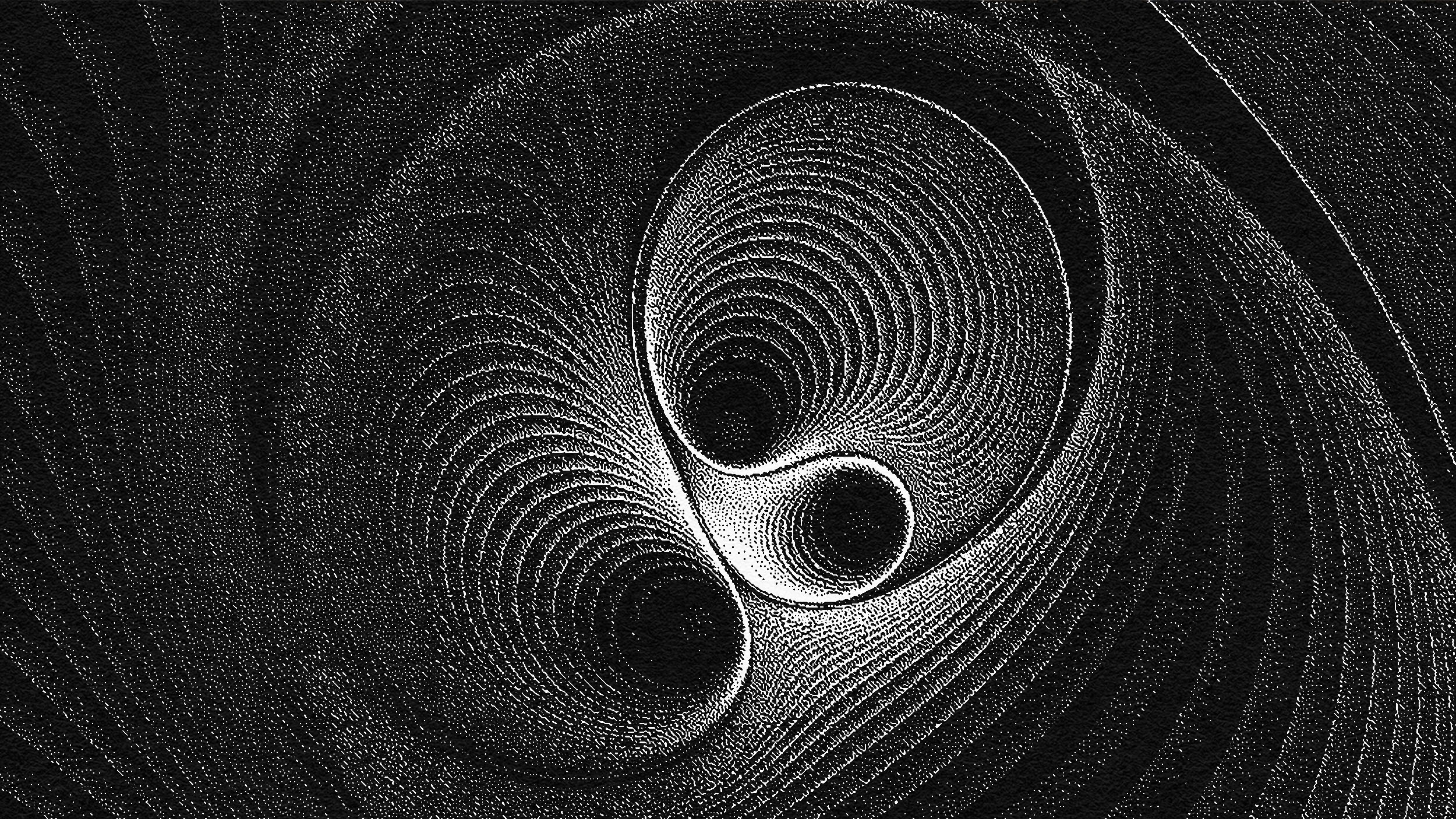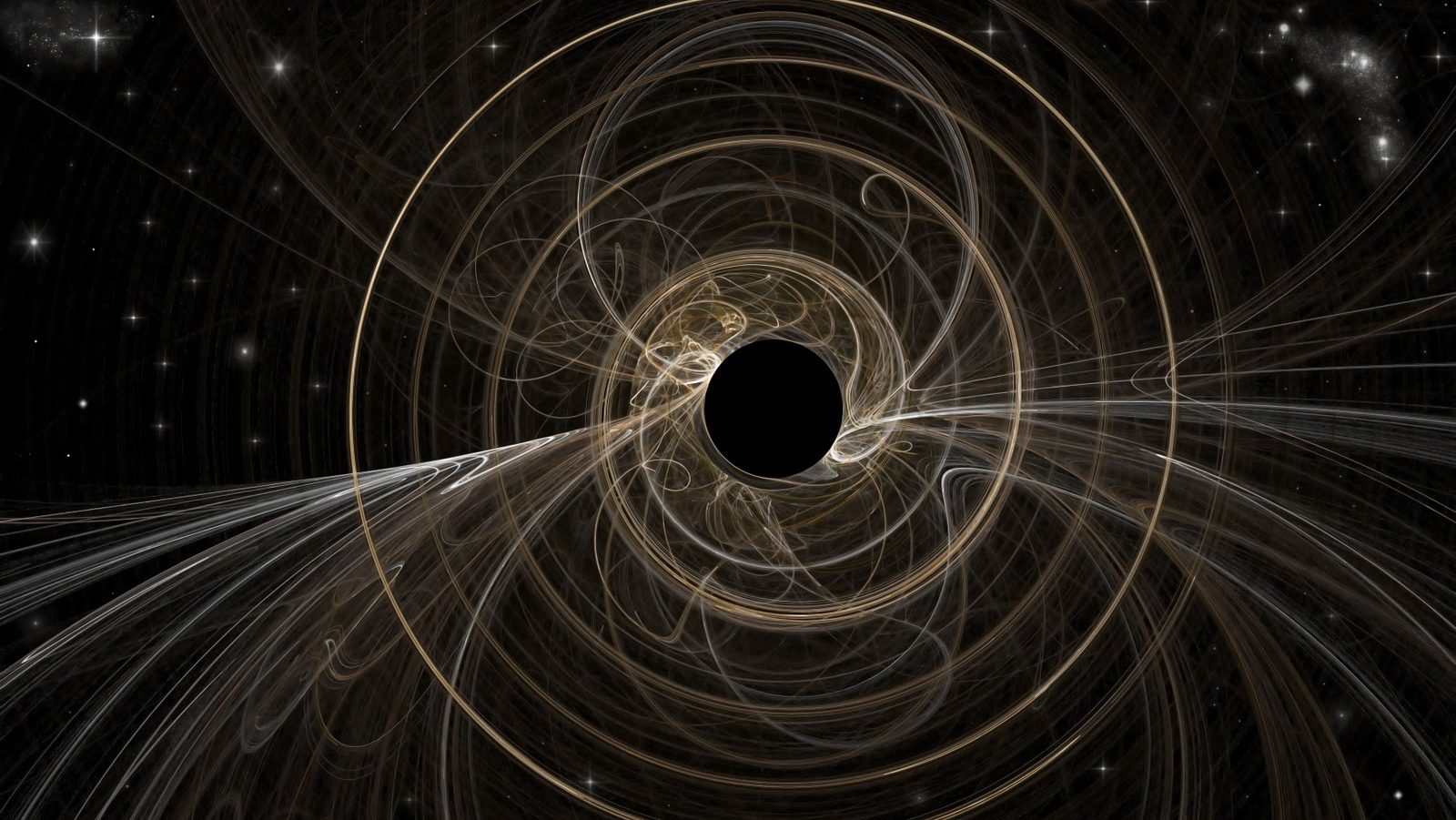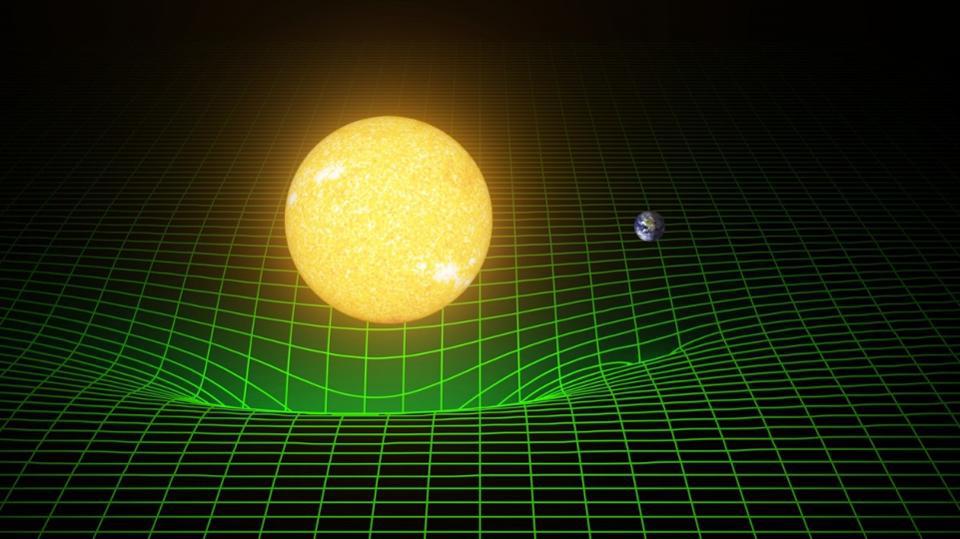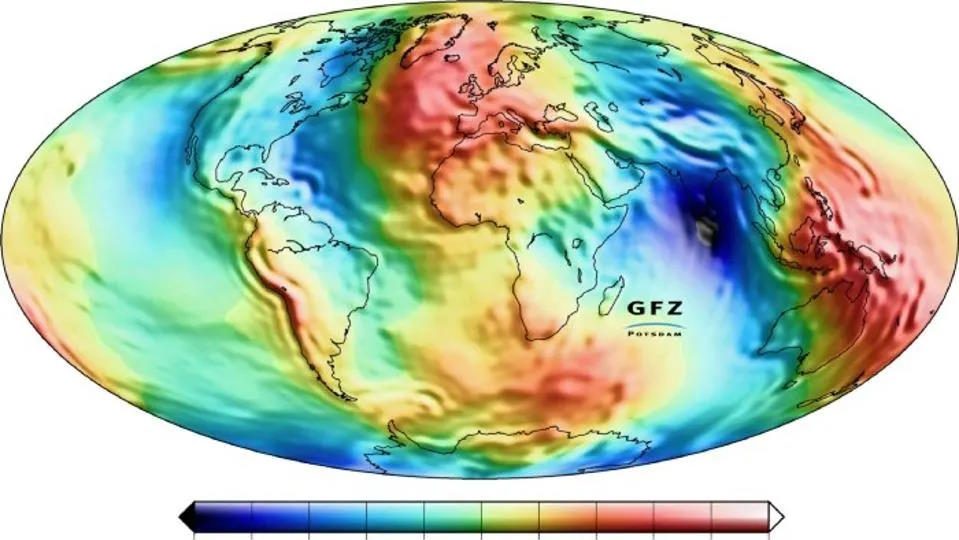Einstein: The lone genius is pure mythology

- Einstein is notable not just as the most famous scientist in history, but as the legendary figure who explained the photoelectric effect, the constant speed of light, E = mc², and general relativity, among others.
- The notion of Einstein as a lone genius, working against the overwhelming majority of prevailing thinkers in physics and astronomy of the day, is legendary, but also completely untrue.
- In reality, a large number of new developments by Einstein’s contemporaries and peers, many of whom helped Einstein directly, shaped these advances. The idea of Einstein as a “lone genius” is purely a myth.
Many of us, when we think about scientists, think of them as followers, rather than as trailblazers. Nearly all of them simply gobble up the prevailing wisdom of the day, falling into line by following accepted lines of thinking with barely any imagination at all. Then, in an epic twist, a freethinker comes along — someone with a towering intellect but little-to-no experience, who maybe even lacks a formal education in the field — and they immediately see things that no one else has ever seen before. With just a little bit of hard work, they find solutions to puzzles that have stymied the greatest minds prior to them. This idea of a lone, maverick genius lives on in popular culture. Many of us, as a result, believe that if we had the good fortune of coming into a field just like that, we could be the ones who’d make those great breakthroughs that the world’s greatest professionals had all missed.
That’s the myth we frequently tell ourselves about “lone geniuses” throughout history, with the most famous and most common example served up being that of Albert Einstein. The common narrative is that Einstein, an outcast and a dropout, taught himself everything he needed to know on his own while still having all of those brilliant ideas by himself. As a result, he forever revolutionized the field of physics in a number of important ways. That last part is true: Einstein was absolutely revolutionary. In his early days, his work thinking about light gave us the photoelectric effect, special relativity, and E = mc², among other advances. Later on, it was his work, alone, that gave us general relativity, arguably his greatest achievement. All by his lonesome, the narrative goes, Einstein single-handedly dragged the field out of Newtonian stagnation and into the 20th, and now the 21st, centuries.
But how much of that is actually true? Almost none of it. If anything, Einstein’s true story shows us how he was heavily reliant on the capabilities of his friends and collaborators: the antithesis of a “lone genius.”
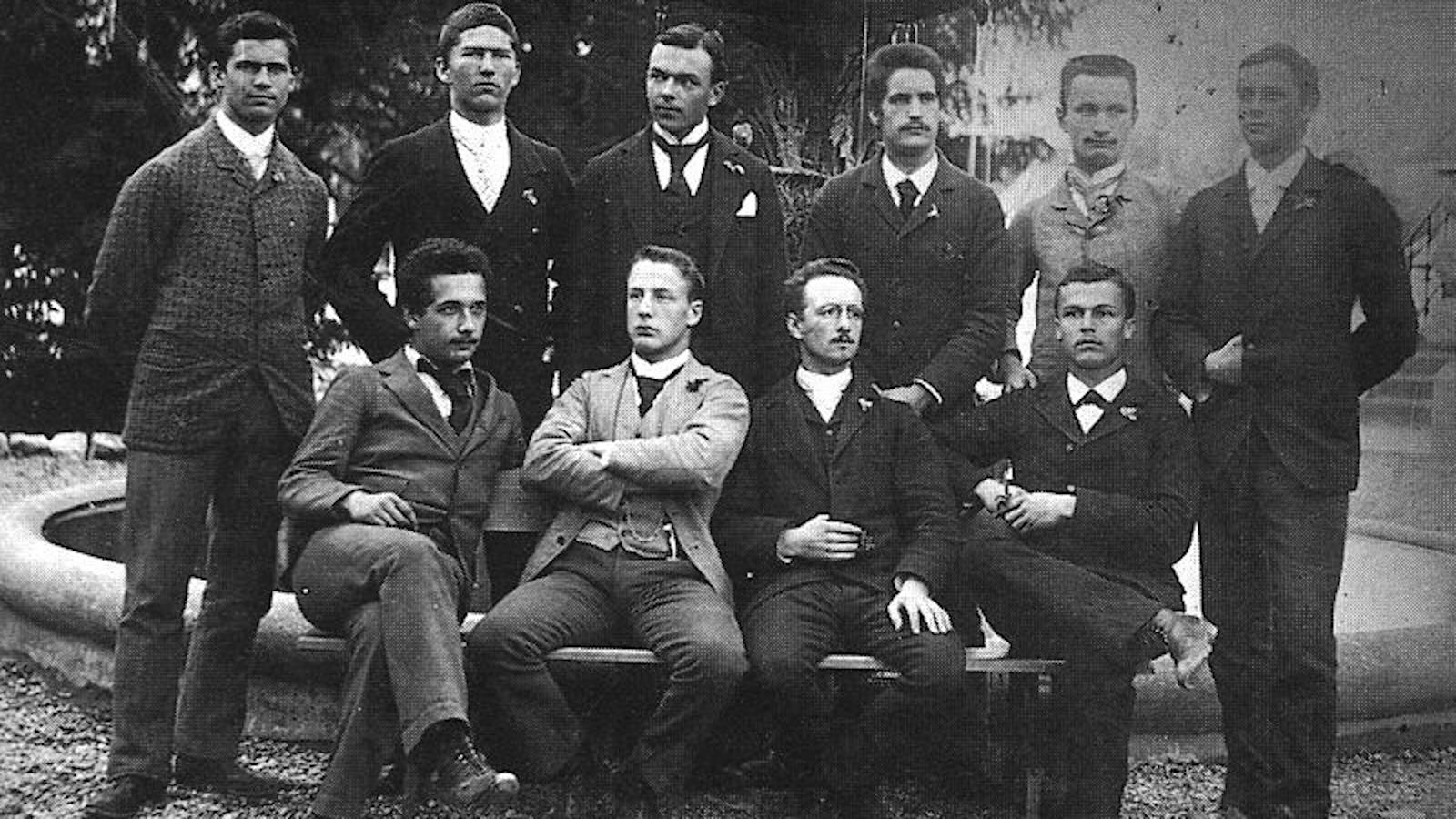
Way back in 1905, Einstein did indeed publish a series of papers that would go on to revolutionize a number of areas of physics, and we call this his “miracle year” owing to those publications. Most scientists will go an entire career without a single paper as influential as any of the following four topics addressed by Einstein in his miracle year, where he:
- explained the photoelectric effect (for which he was awarded the Nobel Prize in 1922),
- put forth mass-energy equivalence,
- gave the world special relativity,
- and detailed the Brownian motion of molecules.
Did any of these substantial advances occur in a vacuum? Was Einstein, as is so often described, an outsider to the field of physics who was working as a patent clerk full-time?
Quite to the contrary, Einstein himself, although German-born, moved to Switzerland in the late 1890s specifically to study physics and mathematics. At the age of 17, he enrolled in the mathematics and physics teaching diploma program in Zürich, where he graduated in 1900. A “teaching diploma program” might sound mundane, but today his alma mater is known as ETH Zürich, which has had a cumulative total of 22 Nobel Laureates come through its halls (including Einstein). Yes, it’s true Einstein indeed worked at the Swiss patent office, but was concurrently continuing his studies in Zürich at the same time. Moreover, it was his friend and classmate, Marcel Grossman, whose connections (through his father) got Einstein the job. (Grossman could have had the job for himself, but declined it, having secured teaching positions to finance his graduate education.)
Additionally, there were a series of pieces of evidence that had been known — for decades, at that point — that demanded physicists look beyond the ideas of Newton to more fully explain reality.

Newton’s Universe, as it was put forth some ~200 years before Einstein, was entirely deterministic in nature. In theory, you could take any system of particles and, so long as you could write down their positions, momenta, and masses, you could see how the entire system would evolve over time. With infinite calculational power at your disposal, you could compute the properties of every particle, to arbitrary precision. at each moment in time. Maxwell’s equations brought electromagnetism into the same realm as Newtonian gravity and Newtonian mechanics, forming the foundational pillars of physics at the time of Einstein’s birth.
But puzzles arose, and were well-known for those final few decades of the 1800s.
- Radioactivity had been discovered, and the time at which any atom would decay was known to be random.
- The law of mass conservation was violated for certain radioactive decays; mass was actually lost during decays which emitted beta particles (electrons).
- It was known that objects did not obey Newton’s laws of motion when they moved close to the speed of light: time dilation and length contraction had already been discovered and described.
- Beyond that, the Michelson-Morley experiment, which sought to measure Earth’s motion through the aether, had robustly yielded a null result, disfavoring the aether’s existence entirely.
Perhaps most importantly, when the precession of Mercury’s orbit was calculated in detail using Newton’s laws — accounting for the gravitation of the planets and moons as well as the periodic change in Earth’s equinoxes — it came up short of observations by a tiny but significant amount: 43 arc-seconds per century.

It cannot be denied that Einstein made quite a debut in the physics world with his initial handful of publications from 1905. However, Einstein had been working at physics and studying it continuously ever since his graduation. His patent office work largely consisted of examining electrical and electro-mechanical devices, including the transmission of electric signals and synchronization devices. He studied physics independently with a group of physics and mathematics friends, including the influential works of Ernst Mach and Henri Poincaré. And, owing to his in-school studies, he was awarded a Ph.D. from the University of Zürich for his dissertation, A new determination of molecular dimensions, with Professor Alfred Kleiner.
Einstein’s 1905 achievements, including:
- the discovery of Brownian motion,
- the derivation of E = mc² and mass-energy equivalence,
- the discovery of the photoelectric effect,
- and the derivation of special relativity,
were no doubt momentous, but they didn’t occur in a vacuum. Quite to the contrary, Einstein benefited from friends, colleagues, teachers and mentors, the collaborative efforts of his first wife (whose contributions will likely never be fully known), as well as the input of many others during this time. His papers didn’t come out of nowhere, but rather built upon earlier ideas of Planck, Lorentz, FitzGerald, Thomson, Heaviside, Hasenöhrl, and Poincaré. In fact, Poincaré had independently derived E = mc² back in 1900; it’s possible that Einstein read that very paper as part of his study group.

Did Einstein, with his newfound fame, then go on to isolate himself, emerging with general relativity a decade later, in 1915? Einstein, according to the legendary stories you might have heard about him, simply had what he referred to as “his happiest thought” around 1907 or so, leading to general relativity and a revolutionary conception of gravity as being rooted in curved spacetime. His “happiest thought,” as he recounts it, came about by considering what difference there would be between
- an observer who was locked in a windowless room on the surface of the Earth, and experienced the force of gravity pulling everything down toward the center of the Earth,
- and an observer who was locked in a uniformly accelerating room located in the gravity-free vacuum of space.
For the observer inside the room, Einstein reasoned, there would be no way to tell the difference between those two scenarios. Everything inside would appear to accelerate “downward” at 9.8 m/s², including the observer themself; the floor would push “upward” with a restoring, normal force to balance the downward pull on the observer’s feet; even light, if shone from one end of the room to the other, would travel in a curved path as dictated by that downward pull, regardless of whether it was due to acceleration or gravitation. Today this “happiest thought” of Einstein is known as Einstein’s equivalence principle, which provided the conceptual link between motion, which was described by his (earlier, developed in 1905) theory of special relativity, and gravitation, which up until that point was a purely Newtonian phenomenon.

Yes, the “happiest thought” was Einstein’s and Einstein’s alone. But did that lead him to general relativity directly? Truly, even the equivalence principle would have amounted to little more than a great idea without the heavy lifting done by many of Einstein’s contemporaries. Einstein’s former professor during his undergraduate days, Hermann Minkowski, became enamored of special relativity, and was shocked that the same Einstein he had taught had developed it. “For me it came as a tremendous surprise, for in his student days Einstein had been a real lazybones. He never bothered about mathematics at all,” Minkowski wrote. That same Minkowski then went on to develop the idea of spacetime, with its basis springing from Einstein’s special relativity. By placing space and time on the same mathematical footing, it was Minkowski who set the stage for the mathematical development of general relativity.
Conceptually, Einstein’s “happiest thought” was preceded by some fascinating work by Henri Poincaré, which it’s very likely that Einstein was aware of.
Poincaré realized that Mercury’s orbit didn’t only require corrections for Earth’s precessing equinoxes and the gravitational influence of the other bodies in the Solar System, but also for the fact that, as the fastest planet, Mercury’s velocity with respect to the speed of light could not be neglected. (Mercury orbits the Sun at about 0.016% the speed of light.) With the advent of special relativity, Poincaré realized that Mercury would experience dilated time, and that there would be length contraction in the direction of its motion around the Sun. When he applied special relativity to the orbit of Mercury, he found that he could account for about ~20% of the observed extra precession just by adding in that one effect.

Surely, then, it was Einstein, working in solitude, who first constructed a physical theory that married gravitation to this new concept of spacetime, right? Such a theory would, if successful:
- explain the precession of Mercury’s orbit,
- incorporate special relativity,
- and still be able to reproduce all of the earlier centuries of success that Newtonian gravity had.
The idea for such a physical theory didn’t occur to Einstein at all, but rather was that of his old friend and former classmate, Marcel Grossman. While Einstein had the idea of the equivalence principle, it was Grossman who had the idea to describe the Universe with non-Euclidean geometry as the underlying spacetime fabric.
After all, this was Grossman’s specialty: Riemannian geometry, where two parallel lines did not necessarily always remain parallel, but could converge and meet or diverge and get farther and farther apart, as dictated by the underlying geometry. Differential geometry and tensor calculus were precisely the language required to describe the Universe that Einstein was trying to picture, and Grossman was the one who put it all together. The paper, Outline of a Generalized Theory of Relativity and of a Theory of Gravitation, was the first of two fundamental papers that would establish general relativity as the theory of gravity, with Einstein providing the “physical part” and Grossman providing the “mathematical part” of the theory.

It’s important to recognize that even as Einstein leaned heavily on Grossman’s expertise, Grossman himself, even from a purely mathematical point of view, was standing on the shoulders of proverbial giants. Absolute differential calculus, as a field, had been introduced by Elwin Christoffel in 1869 and was only completed by Gregorio Ricci and Tullio Levi-Civita in 1900. (These last names — Christoffel, Ricci, and Levi-Civita — are still familiar to all who study general relativity.) There were numerous mathematicians studying precisely this field at the time, and one of them, the legendary David Hilbert, almost arrived at the equations that would describe gravitation in the Universe before Einstein himself did.
In every physical theory where you have mechanical motion, there’s a quantity you can define — the action — that must be minimized in order to figure out what the path of that object will be. In Newtonian mechanics, it was Hamilton’s principle of least action that led to the equations of motion; in the context of a general theory of relativity, a new action principle would have to be discovered. That action principle was formulated independently by both Einstein and by Hilbert at around the same time, and is today known as the Einstein-Hilbert action. It’s this action principle, when correctly applied to the physics of the system, that leads to the modern Einstein field equations.
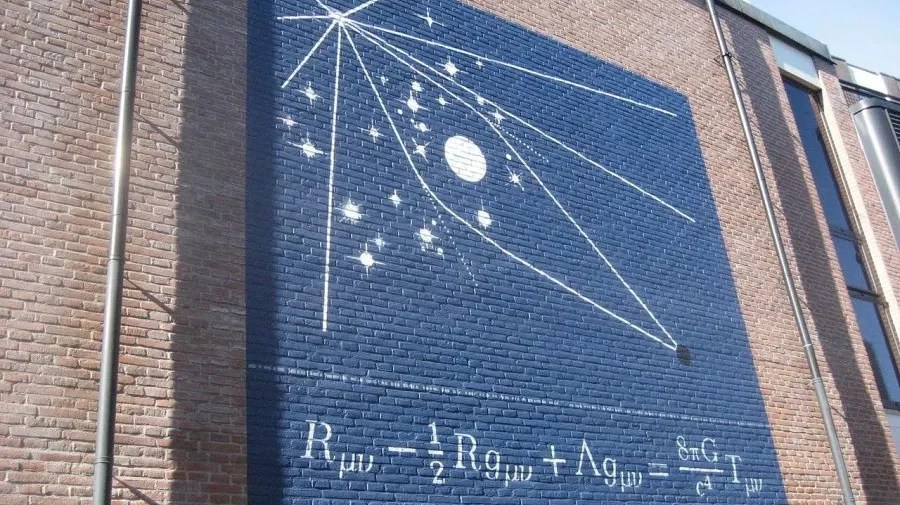
There are many who learn these facts and refuse to believe them, thinking that somehow learning that Einstein relied heavily on the work of his peers and contemporaries, as well as enlisting collaborators, somehow diminishes his achievements. It’s actually the opposite that’s true! Einstein deserves full credit for the breakthroughs that he himself made, and the story is richer for honestly showcasing how these advances actually occurred. Einstein was not, as the common narrative often goes, a lone genius who was working outside of the strict confines of academia, who was able to revolutionize the field precisely because he was an outsider, unconfined by the dogmatic and restrictive teachings of his day.
Rather, it was precisely because Einstein had the education and background that he did — his own unique toolkit, as it were — that he was able to approach this variety of problems in a self-consistent, non-contradictory way. It was because of his friends and collaborators that he was exposed to ideas that helped him to progress, rather than stagnate. And it was his willingness and even eagerness to accept the input and expertise of others that brought him inspiration, allowing him to incorporate those ideas into his own work. If not for his collaborative spirit, even the most excellent of his ideas may not have sprouted into works of genius. An insightful seed is just the beginning; cultivating it into a full-blown theory is the hard part.
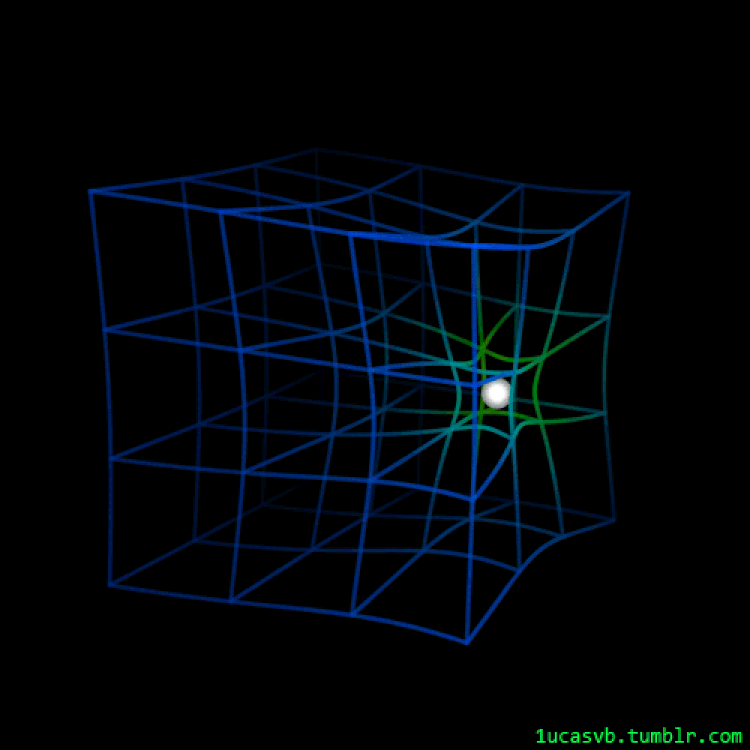
Back in late 2021, I wrote an essay entitled, “What if Einstein never existed?” At the end, I contrasted the narrative of the lone genius with many of the early attempts made by less-heralded scientists to solve the problems that would wind up falling to Einstein. Even without Einstein, many of these advances would still have occurred eventually, just as many of the most famous advances of the 20th century are (perhaps unfairly) attributed to one individual alone. Georges Lemaître and Howard Robertson each put together the expanding Universe independently of Edwin Hubble. Sin-Itiro Tomonaga worked out quantum electrodynamics independently of both Julian Schwinger and Richard Feynman. Robert Brout and Alexei Starobinskii each published papers with key realizations concerning what we now know as cosmic inflation well before Alan Guth’s revolutionary paper.
It makes us wonder what the world would have been like without Einstein. Would we ever have had general relativity? As revolutionary as Einstein’s work was, it wasn’t a unique line of thought. Many others, even at the time, were close behind him. Without listening to the inputs of the world-class minds around him, Einstein wouldn’t have been able to achieve his greatest successes, and his impact on physics would have been much smaller, overall. Although our culture loves soundbites, with perhaps the most famous from Einstein being, “Imagination is more important than knowledge,” the great advances that arose from his work absolutely require both, otherwise he would have merely been “an ideas guy.” Even for an Einstein, bona fide expertise and hard work were indispensable, required tools for developing his ideas into fully-fledged theories.
